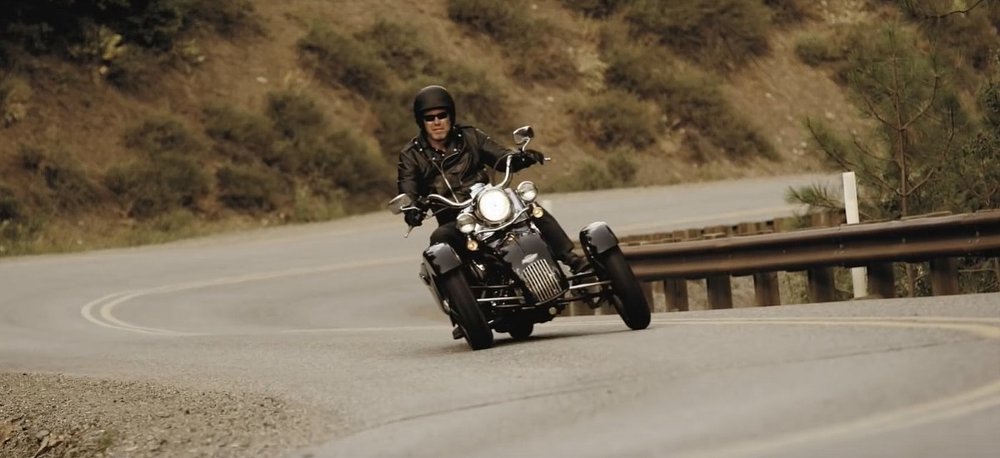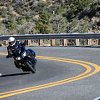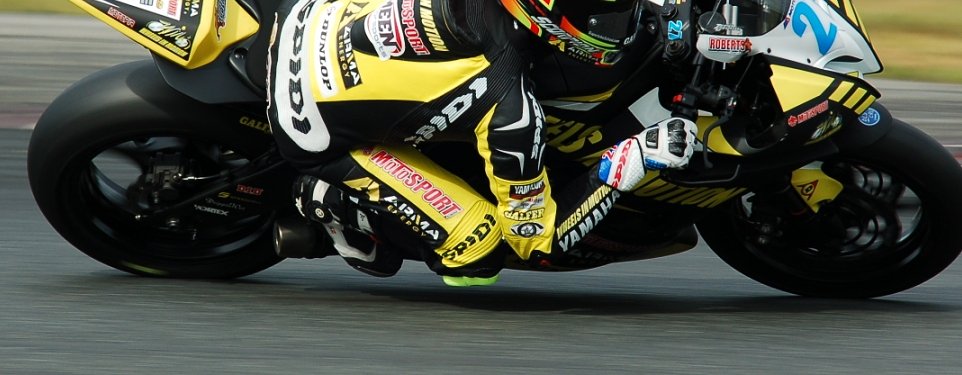Two-wheeled vehicles offer us the experience of lateral acceleration, that gloriously fun sensation of being bent around a curve and approaching the limits of your lean angle at speed. Why do we enjoy it so much?
To explain why you might be addicted to leaning, let’s start by understanding how we balance.
How we maintain balance
A variety of conditions affect balance, including middle- and inner-ear disease, active sinus infections, low blood pressure, and prior stroke (even mini-strokes, in the right place). Your inner ear is responsible for your balance in conjunction with a part of your brain called the cerebellum (it is in the back lower portion of your skull). Ear infection, and even persistent middle ear fluid after infection can make you unsteady and dizzy.
Part of your balance comes from hairs in the fluid inside of a special portion of your ear called the vestibular apparatus; it has three semi-circular canals (anterior, posterior and lateral) positioned at right angles to one another that join together in a common chamber. Fluid movement and “hair” orientation within the fluid in the canals and the common chamber helps you keep your balance by telling your brain where things are relative to the ground at rest and when in motion. The canals are housed in the temporal bone of your skull, so it is easy to understand how head trauma, and especially fracture, can screw up your balance (note: half helmets do not cover this portion of your skull very well). It is this apparatus, in combination with your visual perception of up versus down and where the horizon happens to be, that helps you detect lateral acceleration.
The eyes have it

If it didn't all work, you would not know that you are leaning — and enjoying it. The importance of your eyes in this process is key in research and development for modeling systems for race cars, bicycle racing, crash avoidance, and space travel.

But why is it fun?
Like many other activities — none of which should occur on a moving bike — it appears that lateral acceleration triggers the pleasure center of your brain. Those centers are located in the nucleus accumbens, a part of the brain located deep in the front and center of the brain and clearly connected to your eyes as well as your balance center. This has been termed the pleasure or reward center and is predominantly triggered by dopamine. It is the same portion of the brain that is triggered in addiction to substances like cocaine or heroin.
While there is data suggesting that the brain undergoes structural changes once addicted to illicit substances, there are no studies suggesting that the same changes occur in motorcycling “addicts” — but you might wonder about that compelling need to ride. It is possible that those who enjoy lateral acceleration are wired differently than those who do not. Those who ride get hooked and no, there is no 12-step process for you. Once you are “addicted,” there appears to be no known cure!

Compensating for lean
Assuming that your eye-ear-brain system works, the rest of your body adjusts much larger muscle groups to restore balance when it is off. It is this system that alerts you to when you feel that you are leaned over too far (even if you’re not shaving off parts of the feeler pegs), and should straighten back up. The sensation that you previously enjoyed on a gentle curve may be alarming on a decreasing-radius one when you are coming in a bit too hot. Pleasure and terror seem joined at the throttle and brake and continually renew the joy (err, addiction) of riding.
What can you do if your system does not work as well as you would like because of a medical condition, a prior injury, or advancing age? Lots!
Options for lean lovers
If you have a medical condition that makes your balance a bit sketchy, then motorcycling may not be as safe for you as you might like, and often drives transitioning to a three-wheeled ride with the two wheels either in the back or the front. On the other foot, the transition to three wheels is most commonly a response to aging and the natural decrease in muscle mass that comes with it, concerns with slower reflex time, and on occasion, the desire to regularly carry a passenger who is uncomfortable on a two-wheeler.
The people at my local dealer group, Valley Forge Harley, swear they have never sold a three-wheeler to anyone who could not qualify for AARP membership. If you want or need the tripod-like stability of a three-wheeler, but still crave the joy of the lean, there are a few but increasing options.

The Piaggio MP3 is a tilting three-wheeler in scooter form. Yamaha has the Tri-City tilting scooter, but it is not sold in the United States. On a larger scale, the Honda Neo Wing is a futuristic-appearing three-wheeler that leans, but at this stage it's just a concept. You can get your Harley-Davidson or Honda Gold Wing converted to a three-wheel leaner by Tilting Motor Works in Shonomish, Washington. While it is not cheap, it is certainly a lot less than buying an entirely new ride.
Just because your balance isn’t what it used to be, that doesn’t mean you’re ready to give up your addiction.















